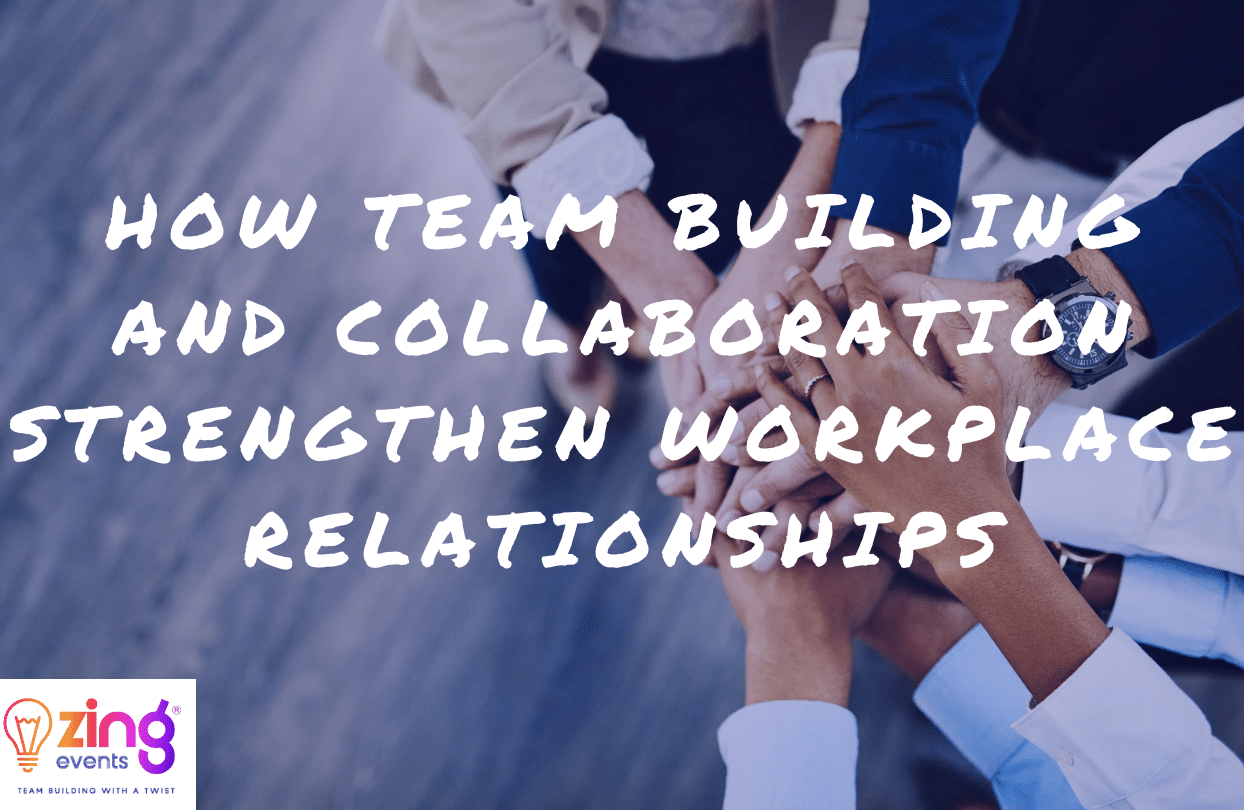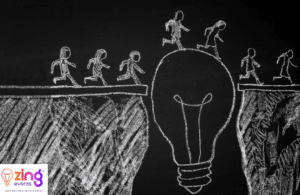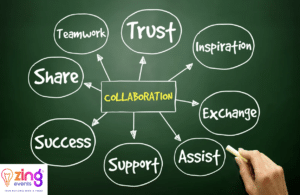When companies think about ways to invest in their employees, team building and collaboration are two powerful tools that often come up. And for good reason. It’s one thing to gather a group of talented individuals under one roof, but it’s another thing entirely to have them work together effectively. That’s where team building comes in – and it’s collaboration that transforms a collection of individuals into a unified, high-performing team. Here’s 32 Facts about Collaboration in the Workplace.
At its core, team building and collaboration focus on strengthening relationships, improving communication, and nurturing a positive workplace culture. These outcomes don’t just create a happier work environment – they foster essential skills that employees can take back to their daily roles, driving better business results across the board.
The True Power of Team Building and Collaboration
Many people associate team building with fun days out of the office, but there’s much more happening beneath the surface. When employees engage in well-designed team building activities, they’re not just having fun; they’re learning how to work together more efficiently, communicate more clearly, and trust each other more deeply.
Collaboration is the magic ingredient that ties it all together. Team building activities simulate real workplace scenarios where collaboration is key: solving problems together, negotiating roles, making collective decisions, and supporting each other under pressure. These experiences help build bonds that naturally translate into stronger working relationships back in the office.
In short, team building and collaboration create an environment where employees feel connected, valued, and motivated to contribute to shared goals.
Key Skills Employees Develop Through Team Building and Collaboration
When teams engage in collaborative exercises, the benefits go far beyond the immediate experience. Here are some of the key skills that employees develop – skills that are highly transferable to their everyday work:
1. Effective Communication
Team building exercises require individuals to share ideas, listen to different perspectives, and convey information clearly and respectfully. These are critical skills in any workplace, especially in fast-paced, high-stakes environments.
2. Problem Solving
Many team building activities are designed around overcoming challenges. Whether it’s navigating an obstacle course or solving a puzzle, employees learn to think creatively, adapt quickly, and solve problems together – skills that are essential for innovation and success at work.
3. Trust Building
Successful collaboration hinges on trust. Through team building activities, employees learn to rely on each other’s strengths, creating a culture of mutual respect and dependability that carries over into the workplace.
4. Leadership and Delegation
Collaborative tasks often reveal natural leaders within a group. Participants learn when to step up and take charge, when to support others, and how to delegate tasks based on individual strengths – all crucial leadership traits in a professional setting.
5. Conflict Resolution
Not every team activity runs smoothly – and that’s a good thing. Handling disagreements in a low-pressure environment gives employees the practice they need to resolve conflicts respectfully and constructively when real tensions arise at work.
Why Collaboration Should Be the Heart of Every Team Building Program
While it’s easy to plan team building activities that are purely fun, the most impactful programs are those that deliberately focus on collaboration. By encouraging employees to work toward a common goal, businesses can reap greater rewards, including:
-
Improved Morale: Teams that collaborate effectively tend to be happier and more engaged in their work.
-
Higher Productivity: Collaboration streamlines workflows and reduces duplicated efforts, leading to more efficient outcomes.
-
Enhanced Creativity: Working together often sparks new ideas that individuals may not have come up with alone.
-
Stronger Loyalty: Employees who feel part of a cohesive team are more likely to stay loyal to the organization.
The best team building activities promote collaboration naturally. This could be through problem-solving challenges, creative workshops, group sports, or strategic games that require different skills and viewpoints to succeed.
Real-World Benefits of Collaborative Team Building
The positive impact of team building and collaboration is backed by real-world evidence. Organizations that prioritize team development programs often report:
-
Better communication between departments
-
Faster project turnaround times
-
Higher levels of employee engagement and satisfaction
-
Lower staff turnover rates
In today’s competitive business world, companies that invest in building stronger teams have a significant advantage. Not only do they create a more enjoyable work environment, but they also equip their employees with the skills needed to adapt, innovate, and thrive.
How to Incorporate Collaboration Into Your Next Team Building Event
If you’re planning a team building event, make sure collaboration is a central focus. Here are a few tips:
-
Set clear, shared goals: Choose activities that require everyone to work together toward a common objective.
-
Mix up the teams: Encourage employees from different departments or job roles to collaborate, helping to break down silos.
-
Reflect afterward: Hold a debrief session where participants can discuss what they learned about teamwork and collaboration.
-
Keep it inclusive: Make sure activities cater to different personalities and skill sets, so everyone can contribute meaningfully.
At the end of the day, team building should be more than just a day out of the office – it should be a strategic investment in your people and your business. Focusing on team building and collaboration will help you unlock the true potential of your teams, strengthening relationships, enhancing skills, and driving long-term success.









